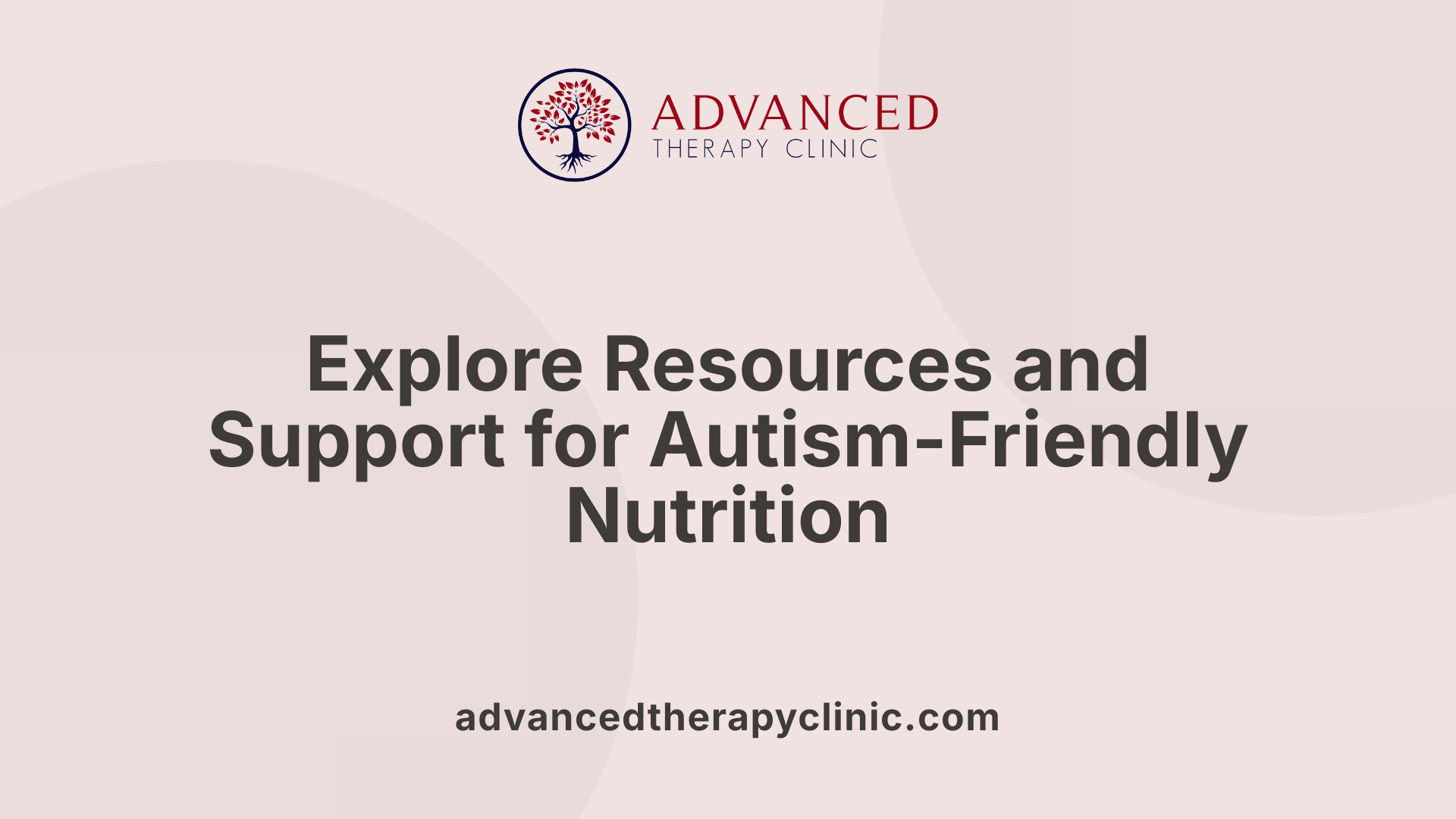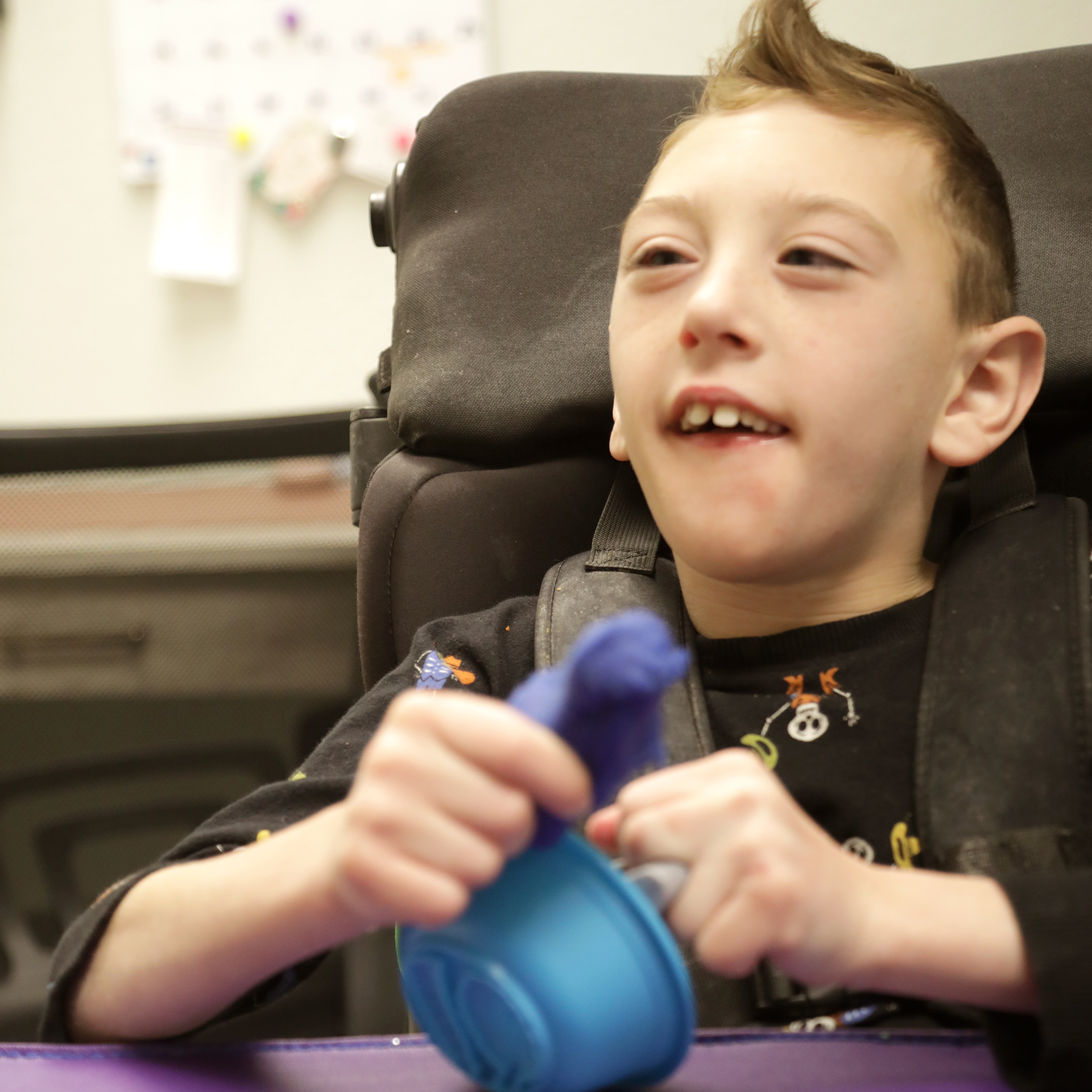Food List For Autism


Understanding the Importance of a Nutrient-Rich Diet in Autism
Children with autism often face unique dietary challenges and nutritional needs. A carefully curated food list, along with strategic planning, can support their growth, behavior, and overall well-being. This comprehensive guide explores beneficial foods, problematic choices, dietary strategies, and resources to help families and caregivers develop an effective nutritional plan tailored specifically for children on the autism spectrum.
Beneficial Foods for Children with Autism
What foods are beneficial for children with autism?
Children with autism can greatly benefit from a diet rich in nutrient-dense foods that support brain development and overall health. This includes high-quality, minimally processed options such as grass-fed beef, pasture-raised eggs, liver and other organ meats, and organic fruits and vegetables. Foods high in omega-3 fatty acids, such as fatty fish like salmon and sardines, as well as nuts, seeds (chia, flax, hemp), and walnuts, are particularly advantageous for brain health and may help improve hyperactivity.
A balanced intake of fruits and vegetables provides antioxidants to fight inflammation and fiber to support gut health. Incorporating a variety of colorful berries, leafy greens (spinach, kale), root vegetables (sweet potatoes, carrots), and high-potassium fruits (bananas, oranges) helps ensure essential vitamins and minerals are included.
Proteins like eggs, lean poultry, and fish supply necessary amino acids and choline, which support cognitive function. Whole grains such as quinoa, brown rice, and oats are excellent sources of fiber, B vitamins, and magnesium, contributing to steady energy levels.
Strategies to expand food preferences include employing feeding therapy and applied behavior analysis (ABA) approaches. These techniques focus on gradual exposure to new textures, flavors, and smells, combined with positive reinforcement to encourage acceptance. Consistent, patient efforts involving families and trained therapists can help children develop broader dietary habits. Tailoring these strategies to each child's sensory sensitivities and preferences is key to improving both their nutrition and mealtime experience.
Foods to Avoid or Problematic for Children with Autism
 Children with autism often face unique dietary challenges, and certain foods can trigger behavioral, sensory, or gastrointestinal issues. Awareness of problematic foods is essential to help manage symptoms and improve overall well-being.
Children with autism often face unique dietary challenges, and certain foods can trigger behavioral, sensory, or gastrointestinal issues. Awareness of problematic foods is essential to help manage symptoms and improve overall well-being.
One major concern involves artificial additives, such as colors, flavors, and preservatives. Ingredients like Red 40, Yellow 5, Blue 1, sodium benzoate, BHA, BHT, and MSG are commonly linked to increased hyperactivity and overstimulation in some children with autism. Limiting or avoiding these substances may lead to calmer behavior and better focus.
Dairy products and gluten-containing grains are other common culprits. Some children experience digestive discomfort, mucus buildup, or behavioral issues when consuming these foods. Switching to dairy-free and gluten-free diets has shown benefits in certain cases, although responses vary among individuals.
High-sugar foods and beverages, along with soy-based products, can cause mood swings, irritability, and gastrointestinal problems. Reducing intake of candies, sodas, and processed snacks may help stabilize energy levels and improve mood.
Processed meats and foods with preservatives should also be approached cautiously. These often contain additives and chemicals that may worsen behavioral issues. Additionally, stimulants like caffeine should be avoided altogether, as they can increase hyperactivity and interfere with sleep.
In summary, managing food choices by avoiding artificial additives, limiting gluten and dairy, and reducing high-sugar and processed foods can play a vital role in supporting children with autism. Tailoring diets to individual sensitivities and consulting healthcare professionals can optimize outcomes and improve quality of life.
Dietary Strategies and Considerations in Autism Management

What are effective dietary strategies and considerations for managing autism?
Managing autism through diet involves multiple approaches that focus on ensuring proper nutrition while addressing behavioral and sensory challenges. One commonly discussed strategy is the implementation of specialized diets such as gluten-free and casein-free (GFCF) diets. Many parents and practitioners report that these diets may help reduce certain behavioral issues and gastrointestinal symptoms, possibly by eliminating proteins that could affect gut health.
Another nutritional approach gaining attention is the ketogenic diet, which is high in fats and low in carbohydrates. While some anecdotal evidence supports its benefit in reducing seizures and behavioral disturbances, its use should be carefully monitored by medical professionals.
To support overall health, it’s crucial to maintain an adequate intake of vital nutrients. Children with autism often experience deficiencies in calcium, protein, omega-3 fatty acids, vitamins D and B6, and minerals like zinc and magnesium. Personalized assessment by healthcare providers can guide the need for supplements to prevent deficiencies.
Addressing sensory sensitivities is fundamental to improving eating habits. Many autistic children have strong preferences or aversions to certain textures, smells, or tastes. Gradual exposure, use of sensory integration techniques, and creating a structured, calm mealtime routine can increase food acceptance.
Behavioral therapies such as food chaining or systematic desensitization are effective tools to broaden food choices and reduce mealtime conflicts. These methods involve slowly introducing new foods while acknowledging existing preferences, fostering positive associations.
It is vital that any dietary modifications, especially restrictive diets, be undertaken with medical supervision. Proper planning ensures nutritional adequacy and prevents deficiencies. Combining dietary strategies with behavioral interventions and regular medical monitoring provides a comprehensive approach to supporting children with autism.
Common Dietary Challenges in Autism and Solutions

What are common dietary challenges faced by autistic children and how can they be addressed?
Children with autism often encounter specific eating difficulties that can impact their overall health and development. A primary concern is their tendency toward limited food variety and selective eating. Many autistic children prefer only certain textures, tastes, or smells, leading to a reliance on “safe foods” like processed snacks, which can result in deficiencies in crucial nutrients such as calcium, protein, fruits, and vegetables.
Sensory sensitivities significantly influence food choices. Issues related to taste, texture, smell, and even the temperature of foods can cause discomfort or aversion. These sensitivities not only limit the types of foods children are willing to eat but can also lead to mealtime behaviors that are challenging for families.
Adding to these challenges are ritualistic behaviors associated with eating, such as specific routines or rituals during meals. These behaviors can cause rigidity in eating habits, making it harder to introduce new or varied foods. Consequently, children may develop chronic eating problems, including eating fewer than 20 different foods or refusing entire food groups.
To address these issues, a range of strategies can be employed. Gradual exposure techniques help children build tolerance to new foods over time, reducing anxiety around unfamiliar tastes or textures. Visual aids, such as picture schedules, can support understanding and predictability during mealtime, easing transition and reducing behavioral issues.
Behavioral interventions, often administered by trained professionals like dietitians and behavior analysts, focus on reinforcing positive eating behaviors and reducing problematic routines. Consistent mealtime routines and creating sensory-friendly environments—such as adjusting lighting, noise levels, or food presentation—can make a significant difference.
Regular assessment of eating habits, combined with personalized plans that respect each child's sensory preferences and dietary needs, is essential. Collaborative efforts among caregivers, healthcare providers, and specialists help improve nutrient intake, reduce mealtime stress, and promote healthier eating patterns.
Implementing gradual, patient strategies tailored to individual preferences creates a supportive environment that encourages more diverse and nutritious food selections, ultimately enhancing the child's growth, health, and social experiences.
Autism-Specific Diet Plans and Meal Structures
Are there specific autism diet plans or meal plans available?
Yes, there are structured diet plans designed specifically for children with autism, aiming to improve eating behaviors and nutritional intake. One notable example is the Autism MEAL (Managing Eating Aversions and Limited variety) program.
The MEAL plan is a systematic approach that combines behavioral strategies with parent training to address food selectivity and mealtime challenges common in autistic children. This program has been evaluated in a 16-week clinical trial (NCT02712281), which showed positive outcomes such as increased food variety, improved mealtime behavior, and better nutrient intake.
The focus of the MEAL plan includes gradual exposure to new foods, reinforcement of positive eating behaviors, and consistent mealtime routines. Importantly, it emphasizes collaboration with healthcare providers and specialists like dietitians or behavioral therapists to personalize the intervention.
While current evidence supports the feasibility and initial effectiveness of the MEAL program, it is recommended that families seek professional guidance to tailor these plans to individual needs. Such approaches provide structured, evidence-based methods to help children with autism develop healthier eating habits and address nutritional deficiencies.
Ongoing research continues to explore these interventions, making them promising options for managing diet-related challenges in autism.
For further details, searching for terms such as 'autism diet plans,' 'MEAL program,' 'structured feeding interventions,' and 'clinical trial results' can provide additional resources and studies on this topic.
Educational Resources and Support for Autism Nutrition
 There is a wide range of educational resources available for families and caregivers seeking guidance on autism-friendly nutrition and dietary strategies. Online platforms, support groups, and expert-developed materials provide valuable information to help manage picky eating, sensory sensitivities, and nutritional gaps common among children with autism.
There is a wide range of educational resources available for families and caregivers seeking guidance on autism-friendly nutrition and dietary strategies. Online platforms, support groups, and expert-developed materials provide valuable information to help manage picky eating, sensory sensitivities, and nutritional gaps common among children with autism.
Reputable organizations such as Autism Speaks, the Autism Care Network, and the National Institute of Child Health and Human Development (NICHD) offer extensive educational materials, from online articles to detailed toolkits. These resources often include practical advice on creating meal plans, introducing new foods gradually, and addressing behavioral issues related to eating.
Books like "The Autism Nutrition Library" and specialized guides from professional dietetic associations provide in-depth insights into dietary interventions, supplementation options, and managing gastrointestinal symptoms. They often contain strategies for sensory-friendly meal presentation, sensory integration techniques, and tips for dealing with food aversions.
It is also recommended to work closely with healthcare professionals such as registered dietitians, occupational therapists, and speech therapists. They can help develop personalized plans that ensure nutritional adequacy while respecting sensory preferences and behavioral challenges.
Overall, utilizing these educational resources and expert guidance is crucial for ensuring children with autism receive balanced, safe, and effective nutritional support tailored to their unique needs. Consulting with specialists can help achieve better health outcomes and improve quality of life.
Resources Snapshot
| Resource Type | Examples | Purpose |
|---|---|---|
| Online platforms | Autism Speaks, NICHD | Educational articles, meal planning tips |
| Support groups | Autism support forums, local parent groups | Community advice, emotional support |
| Books & toolkits | "The Autism Nutrition Library" | In-depth dietary strategies |
| Professional guidance | Registered dietitians, occupational therapists | Personalized meal planning, sensory integration |
Seeking comprehensive resources and professional support can significantly facilitate effective dietary management for children with autism, improving their health, behavior, and overall development.
Supporting Optimal Nutrition Through Informed Choices
Navigating the complex dietary landscape of autism requires careful planning, professional guidance, and a personalized approach. Emphasizing nutrient-rich, sensory-friendly foods while avoiding problematic ingredients can significantly improve health outcomes, behavior, and quality of life. Leveraging available resources, interdisciplinary support, and evidence-based strategies empowers families to create balanced, manageable meal plans that cater to individual preferences and needs. With patience and persistence, optimal nutrition and better mealtime experiences are achievable, fostering growth, development, and well-being for children with autism.
References
- Autism Food List - Songbird Therapy
- Autism Diet for Kids - Easy Dinners
- Top 10 Foods for Autism: Boost Health & Well-Being - Dev Pediatrics
- The Optimal Food List for Autism (& What to Avoid) - Elemy
- Diet for Autism | Food for the Brain Foundation
- Autism and Picky Eating - Child Mind Institute
- Eating - a guide for all audiences - National Autistic Society
- The GFCF Diet for Autism
- Nutrition and autism | Autism Speaks
Recent articles

How Pediatric Therapy Helps Kids Thrive across Montana and Wyoming
A supportive guide for families exploring therapy options in Billings, Butte, Missoula or Sheridan.

How to Choose the Right Pediatric Therapy Clinic in Billings, Montana
A Parent‑Friendly Guide To Finding The Best Support For Your Child

Expressive Speech Delay 2-Year-Old
Understanding and Addressing Expressive Speech Delay in Toddlers

How Speech Recognition Works
Unlocking the Power of Speech Recognition in Therapy and Healthcare

Autism and Head Size
Understanding the Complex Relationship Between Autism and Head Size

Occupational Therapy in Autism
Enhancing Independence and Quality of Life Through Occupational Therapy in Autism

